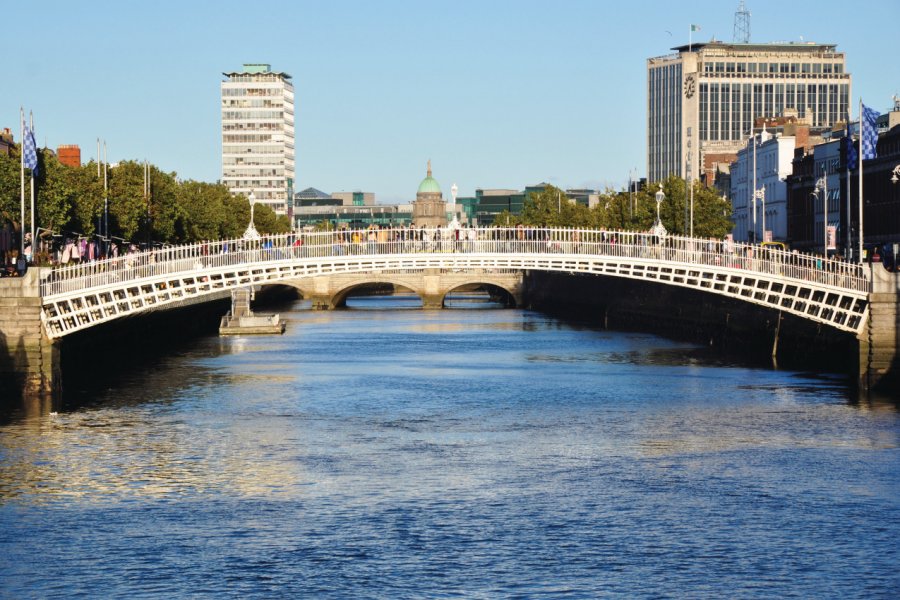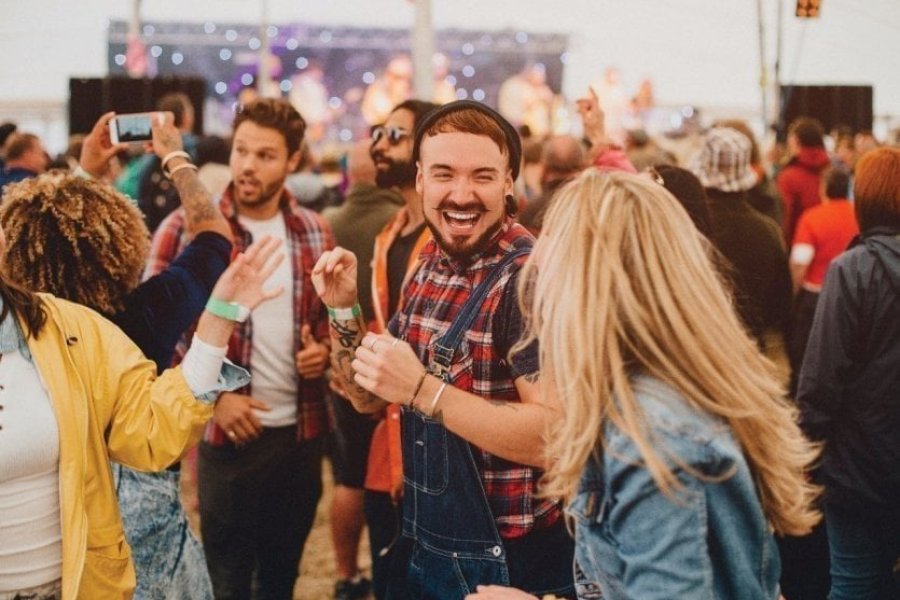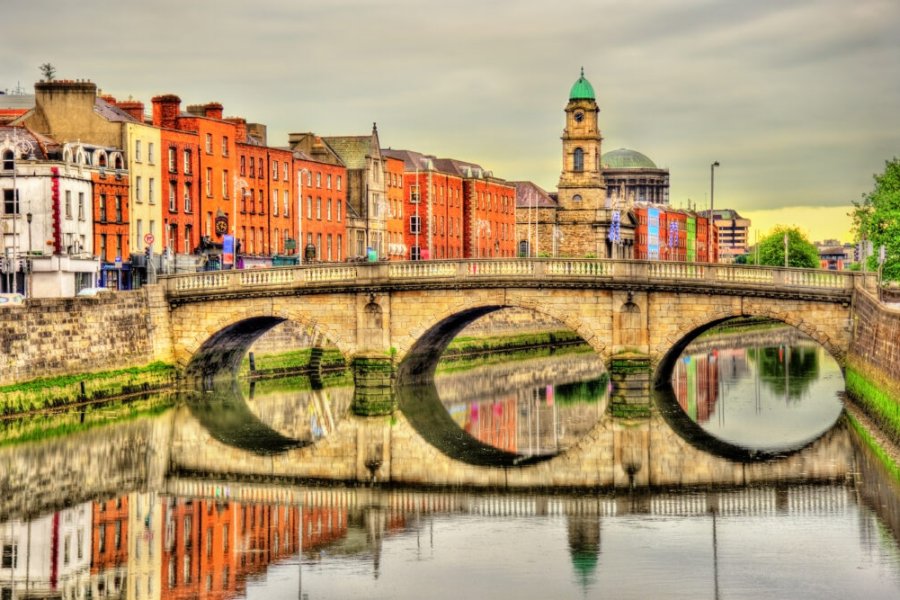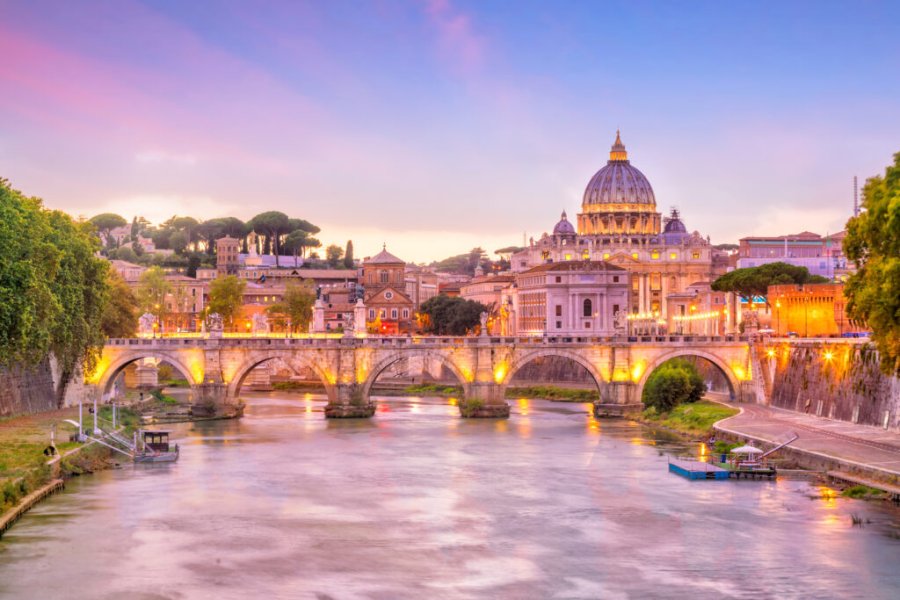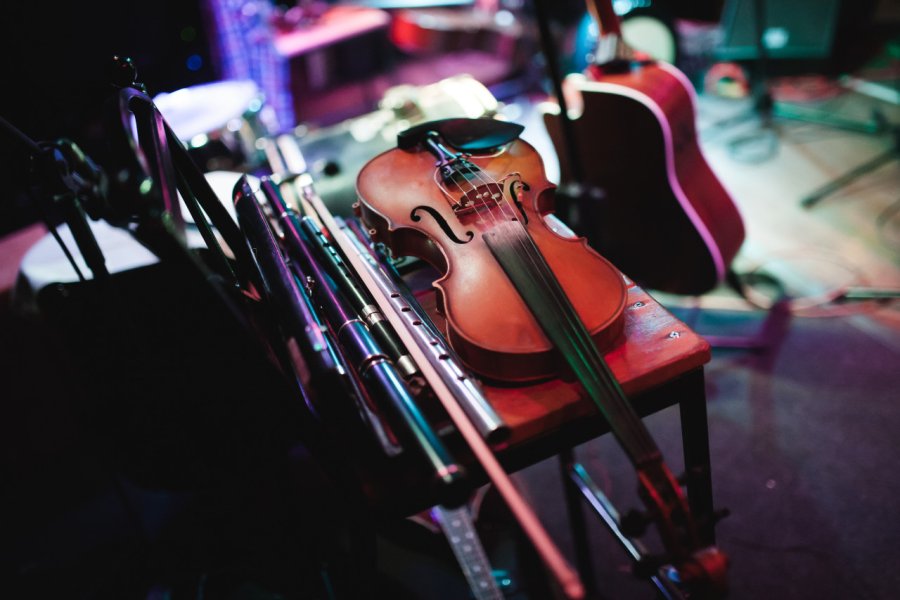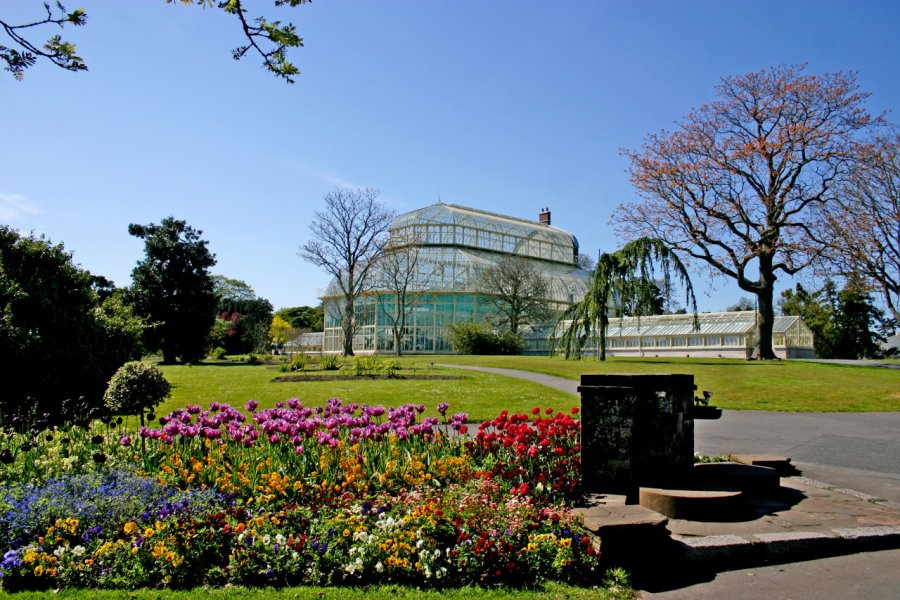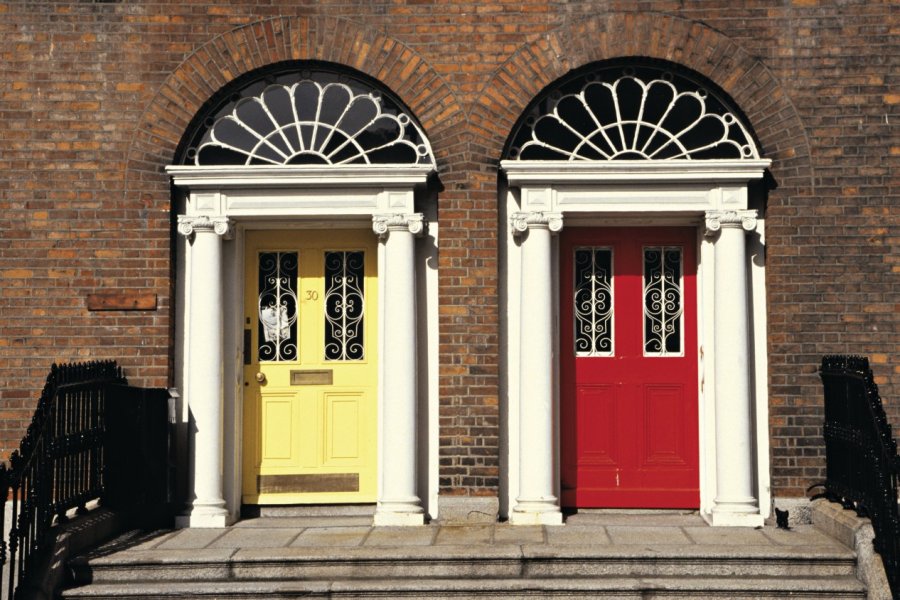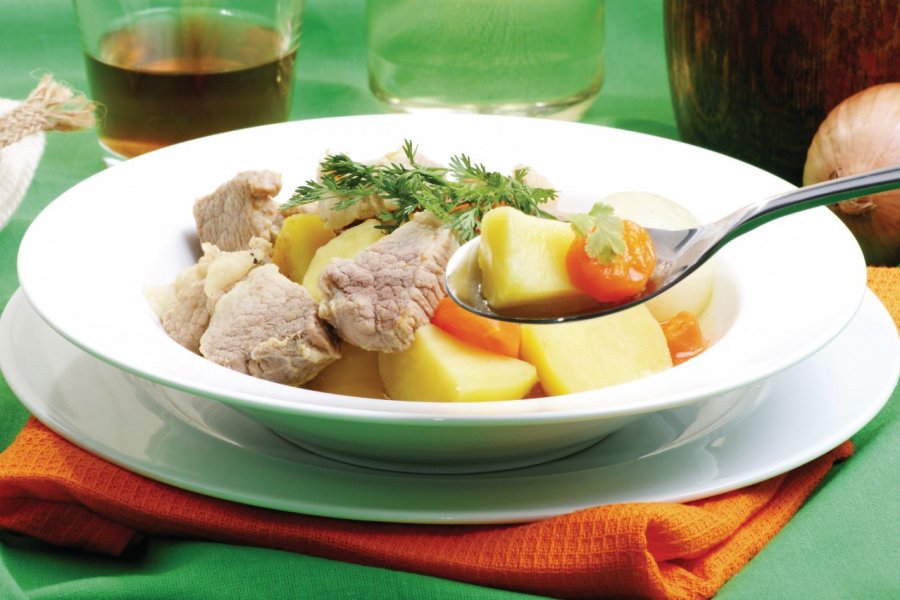Travel guide Dublin
Only two hours from Paris, here is Dublin. Dublin is the city of Oscar Wilde and James Joyce. Dublin is the incessant cry of seagulls. Dublin is also about entering pubs where Guinness flows freely. Dublin is also the impressive library of Trinity College, and the bridges that are engaged in a contest of elegance on the Liffey. Dublin is the notes of violins, guitars and flutes that come out of the doors of Temple Bar at all hours. Dublin is its coastline, the swell and the iodized air of the Irish Sea thirty minutes away. It is its new trendy neighborhoods and its charming cafés where you can take refuge from a rain shower to eat scones. Dublin is also a passion for rugby and its teams. The green planet has all the advantages of a European capital, museums and an incredible cultural program, while keeping its human-sized atmosphere. In Dublin, everything can be done on foot. From the North Bank, which is a bit of a slum, to the more chic and touristy South Bank, the city has a folklore all its own. Lively, warm, animated, Dublin has a big heart, it is a lover of life and people. And for good reason, the capital attracts. Its international companies, its pubs and literature, its striking history and that of Dubliners, its traditional music and its singular accent, all echo the dynamism of the capital on the international scene.
What to see, what to do Dublin?
-
Book an activity
-
Customized travel
- Addresses to visit Dublin
When to go Dublin ?
Dublin can be visited all year round. The seasons are less and less marked. In Dublin, there is no harsh winter or scorching summer, but rather mild weather almost all year round with small drops in temperatures in December and January. Sometimes a rise in mercury to 25°C in July and August. But in summer, there are more tourists and prices are higher, while in winter, many places are closed. The best season is therefore in the spring or autumn, when the weather can be pleasant for sightseeing tours. If you are leaving for the St. Patrick's Day festival (March 17), be sure to book well in advance.
Weather at the moment
Suggested addresses Dublin
Travel Dublin
-
Find a hotel
-
Car Rental
-
International e-SIM package
-
Find a local agency
Find unique Stay Offers with our Partners
How to go Dublin
How to go alone
Visiting Dublin alone is very easy. The city is safe (but be careful of pickpockets). Public transportation and hotels are abundant, so you can make your choice. To avoid wasting too much time queuing in front of each monument, consider buying your tickets in advance on the Internet or on the spot the day before. Dublin is also a great city for families.
How to go on a tour
There are many travel agencies offering packages to discover Dublin. The most common are getaways (3 days and 2 nights or 4 days and 3 nights) and long weekends. Prices vary depending on the means of transportation chosen and the time of booking; last minute offers are the most interesting. However, apart from economic reasons, it is not very relevant to visit Dublin on a package tour.
How to get around
On foot! Dublin is a human-sized capital city and the center of the city is ideal for pedestrians. There are four types of public transportation in Dublin: the DART, equivalent to the RER, the city buses, the LUAS tramway and the Dublin Bikes, equivalent to the Vélib'. The car is not recommended. Small advice, in the bus, have the exact amount of the race on you, because the drivers are not authorized to give the change, it is what one calls the exact fare system.
Featured articles Dublin
Discover Dublin
If the Irish weren't around 5 million strong, Dublin could have been a small, almost provincial city with a million inhabitants. But instead, under its provincial capital airs, the capital delivers a lesson in relativism... " This Lady " - as its inhabitants call her - is the country's most populous and dynamic city. After a difficult start as the capital of the Republic of Ireland, it has developed its economy. The city, with its head held high and its heart open (like its inhabitants), is lively and modern, while jealously guarding the vestiges of its history in stone (with magnificent Georgian architecture dominating the city), but also in spirit. On an island in the grip of wind and ocean, Dublin is sometimes battered, sometimes caressed by fog and rain. An oceanic climate that has shaped Ireland's most cosmopolitan city over the centuries.
Pictures and images Dublin
The 12 keywords Dublin
1. #Bodhrán

Pronounce "Borrone". This is a percussion instrument that is a must at traditional Irish parties. This wooden drum covered with a sheepskin is often accompanied by songs, fiddles and other guitars. For beginners, it is possible to beat the tempo with two spoons! It is said to be a derivative of the oriental daf.
2. #Cheers!
Cheers is a little word that you will hear very often. It is mainly used to say "Cheers!" when toasting of course, but can also informally mean "thank you", "you're welcome" or even "goodbye". It is a small mark of politeness and friendliness always appreciated. Above all in the pub, of course!
3. #Gaelic
The Gaelic languages form a family of Celtic languages and include Irish, Scots and Manx, the dialect of the Isle of Man. In Ireland, it is actually mainly spoken in the Gaeltacht, on the west coast of Ireland. It is the first national language. The name Dublin comes from the Gaelic Dubh Linn ("the black pond").
4. #Guinness
Guinness is more than a brand: it is a true symbol of national identity. The world famous beer was founded in 1759. It is no longer produced in the original brewery in St. Jame's Gate today, which houses the Guinness Storehouse (a museum on the history and production of this beer).
5. #Leprechaun

The leprechauns are these goblins dressed in green with red beards who haunt the groves and hide their gold there. According to the legend, he has the appearance of an old man and is a shoemaker. He would live at the foot of a rainbow where he would hide a pot of gold. In Dublin, a museum is dedicated to him and will reveal you its origins and its legends.
6. #Liffey

Liffey is the river that crosses the capital from west to east. It has its source in the Wicklow Hills and is crossed by nine bridges, including the famous Ha'penny Bridge, the first metal bridge in the Irish capital. A Bachelor Walk has been built along part of the Liffey, opposite Temple Bar.
7. #Music
When you think of Irish music, famous names like U2, The Cranberries, The Corrs or Damien Rice come to mind. But here the music is present everywhere. Live sessions are improvised in pubs or streets. Traditional music is played with fiddle, flute, accordion and bodhran, the Celtic drum.
8. #Parks

Dublin is a city with many green spaces. On the north side, Phoenix Park is the largest park in the city. Other places to walk are: St. Stephen's Green, in the heart of the city, Iveagh Gardens, Merrion Square where the statue of Oscar Wilde rests, the Garden of Remembrance and the War Memorial Garden, the National Botanic Gardens..
9. #Rain
Ireland has the reputation of being a country where it rains permanently. It may be raining more than elsewhere in Europe, of course, but this is not to be exaggerated either. And if it rains often, the showers are generally interspersed with beautiful clearings several times during the day. However, the weather remains quite unpredictable, in summer and winter.
10. #Pub
The term pub comes from public house. A stay in Dublin inevitably includes a trip to one of its traditional pubs. The heart of social life, the pub is the place where Irish people meet with friends or colleagues to have a meal, listen to music or chat over a beer. All social categories mix there.
11. #Clover
Called shamrock in English, it is the emblem of the country. Saint Patrick, who evangelized Ireland in the5th century, would have used a three-leaf clover to explain to the pagans the Holy Trinity: the Father, the Son and the Holy Spirit. It is found everywhere and is sewn on the jersey of the players of the XV of Ireland, nicknamed... the XV of the clover!
12. #Green
In Celtic mythology, the island of the blessed, Ireland, was the green Erin. It's a color that suits it perfectly and its green landscapes attract tourists. Moreover, the Irish national teams are dressed in green. And this color is omnipresent during the parades of St. Patrick's Day, the national holiday (March 17).
You are from here, if...
You spend a night (or several!) in a pub every week and offer to buy your round each time.
You listen to traditional music at every opportunity.
You feast on local food like Irish stew and guinness.
You neverorder a half! A pint is de rigueur and you don't want to be called a "tourist" at all!
You regularlyattend a hurling or Gaelic soccer match at Croke Park. And you understand the rules of the game!
You neverput your umbrella very far from your front door.
You like to dress up for every outing and for a family meal on Sunday lunch.
You naturallydrive on the left and look to the right before crossing the street!
You enjoy spending time with your family, sitting with all your cousins, even the most distant ones.
